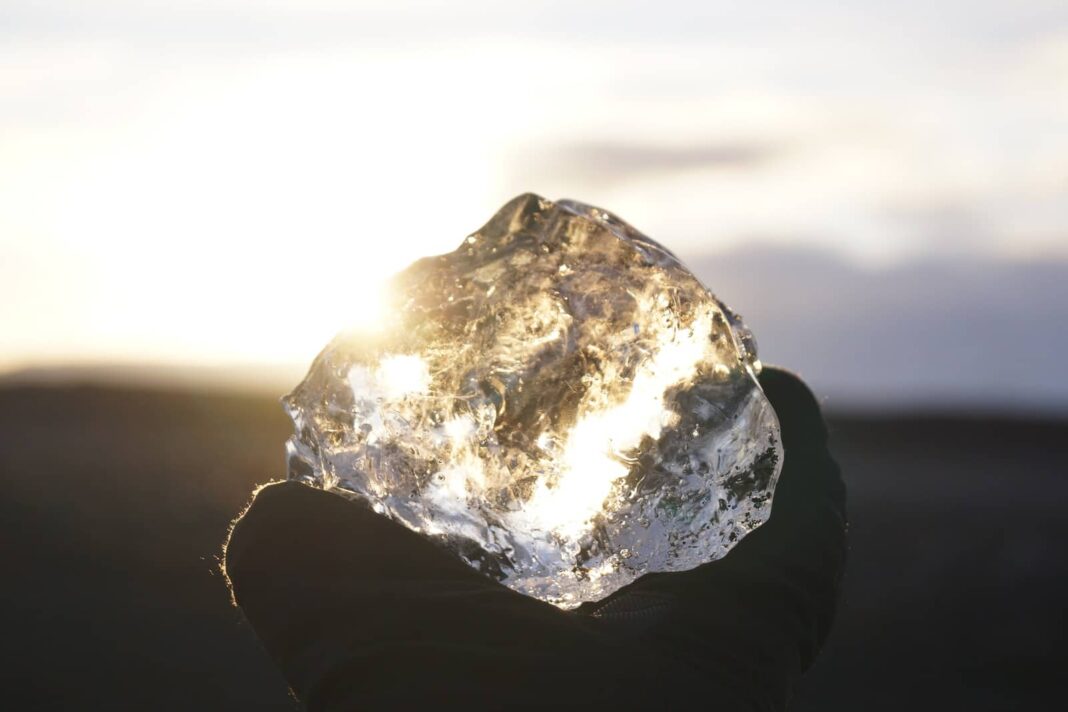Uranus and Neptune: The universe is full of surprises. Gas giants in the solar system were even more amazing than previously thought.
Usually the attention of the scientific community is focused on the giant Jupiter with myriad moons and Saturn with its legendary rings.
And two other gas giants on the outskirts of the solar system are deprived of attention. Their name is not immediately remembered even by excellent students.
It is generally accepted that Uranus and Neptune are not particularly remarkable against the background of their fellow giants. And the name “ice giants” sounds somehow not as intriguing as “gas giants”, right?
Read also:
However, a number of new studies by American scientists can seriously affect this long-established alignment.
The fact is that scientists have proven a long-standing hypothesis that the weather on ice giants can be simply fantastic. For example, on Uranus and Neptune it sometimes rains … from diamonds.
An experiment by a group of American scientists showed that the hypothesis of strange atmospheric phenomena on Neptune and Uranus may be correct.
The diamond rain hypothesis was put forward many decades ago. Perhaps the first to suggest that such conditions may exist on some planets was the British science fiction writer Arthur C. Clarke.
In subsequent years, the hypothesis acquired formulas and various theoretical justifications. Its essence is that on some planets supposedly high temperature and high pressure lead to the division of hydrocarbon elements into components. In particular, carbon is compressed, turning into diamonds, which literally sink into the depths of the planet. After all, gas giants do not have a solid surface.
However, there has been no confirmation of these theoretical calculations so far.
Now scientists from the American national laboratory SLAC have conducted an experiment that speaks of the validity of the hypothesis.
The scientists used a laser to make precise measurements, and found that carbon does turn into crystal diamonds.
The results of the study were published in the authoritative journal Nature.
Rain of diamonds
The atmospheres of Neptune and Uranus are composed predominantly of hydrogen and helium with a small amount of methane.
Below the layers of the atmosphere there is a layer of a very dense and highly heated liquid, surrounding the core of the planet. This layer consists of water, methane and ammonia.









